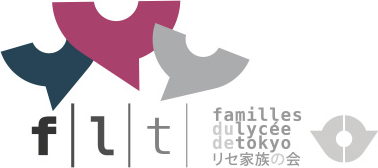Towards C1 level at the end of secondary school
What is CEFR ?
CEFR stands for Common European Framework of Reference for languages.
The CEFR is a set of documents and tools describing a learning, teaching and assessment method for foreign languages on a European scale. Its goal is to improve people mobility within the European Union by providing them with tools to compare and assess their language skills within a common framework, hence the name.
The CEFR defines six levels of reference for foreign languages fluency. They are, by increasing order of proficiency: A1, A2, B1, B2, C1, C2. The A-levels relate to a basic set of skills. The B-levels could be thought of as intermediate levels and are called ‘independent’, because a B-level proficiency allows a user to talk his way out of any situation. Finally, the C-levels correspond to fluent persons.
The C1 reference level
The C1 reference level is the lowest level of bilingualism. Getting to C1 at the end of secondary school would allow all pupils who studied a language from primary school in Japan to reach a bilingual level.
” The student can understand a wide range of demanding, longer texts, and recognise implicit meaning; can express him/herself fluently and spontaneously without much obvious searching fro expressions; can use language flexibly and effectively for social and professional purposes etc. “
Similarly, a pupil who would enroll in OIB (International Option for Baccalaureat) would reach a level somewhere in between C1 and C2.
Our demands
Seeing how Cambridge ESOL (English for Speakers of Other Languages) department evaluates the required studying time to reach C1 in English at about 800 hours, it is not far fetched to request that pupils studying in Japan for their whole school life reach C1 level in Japanese by the end of secondary school.












